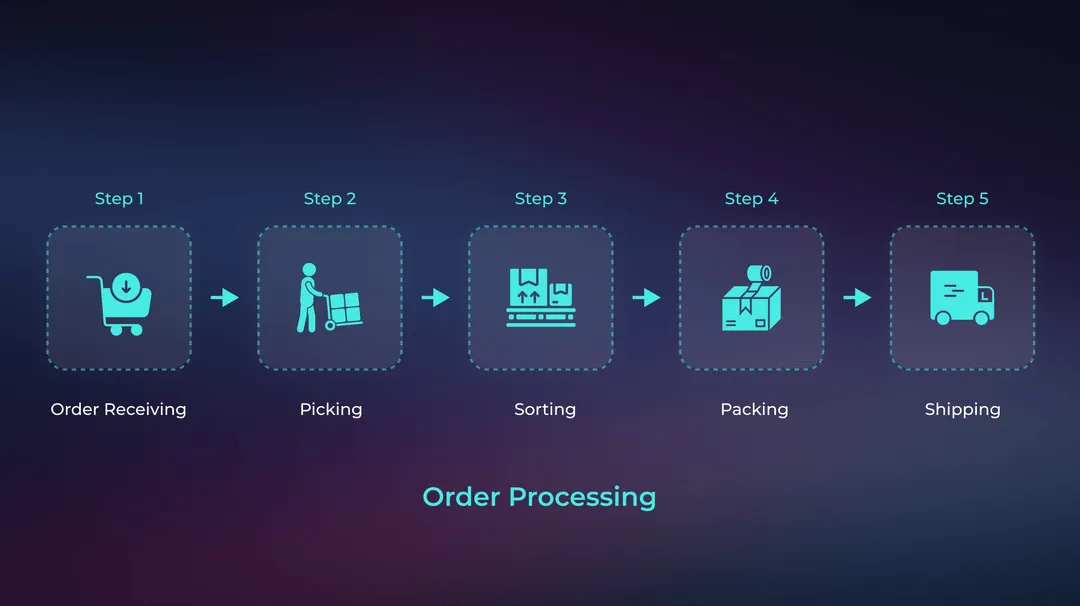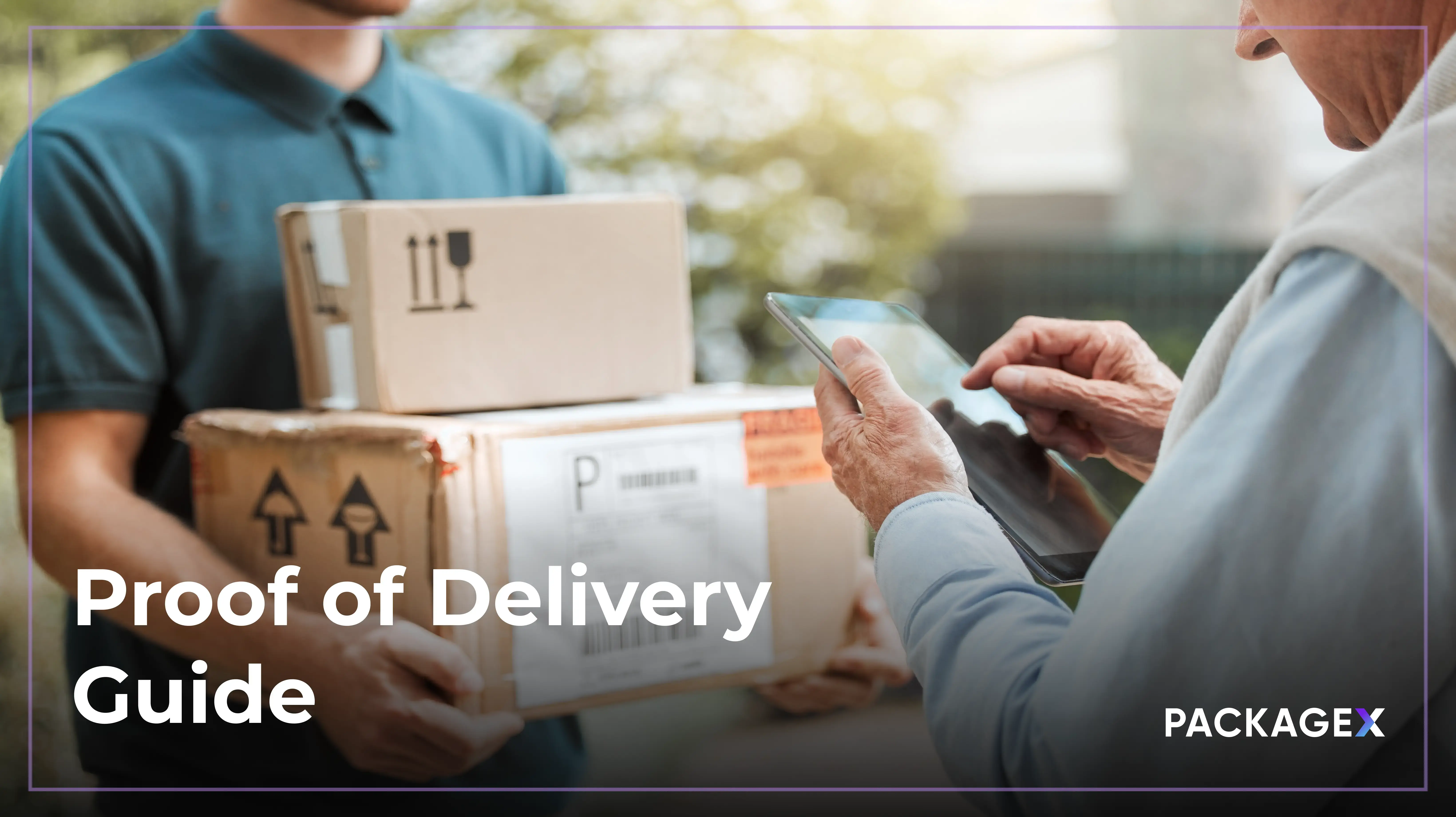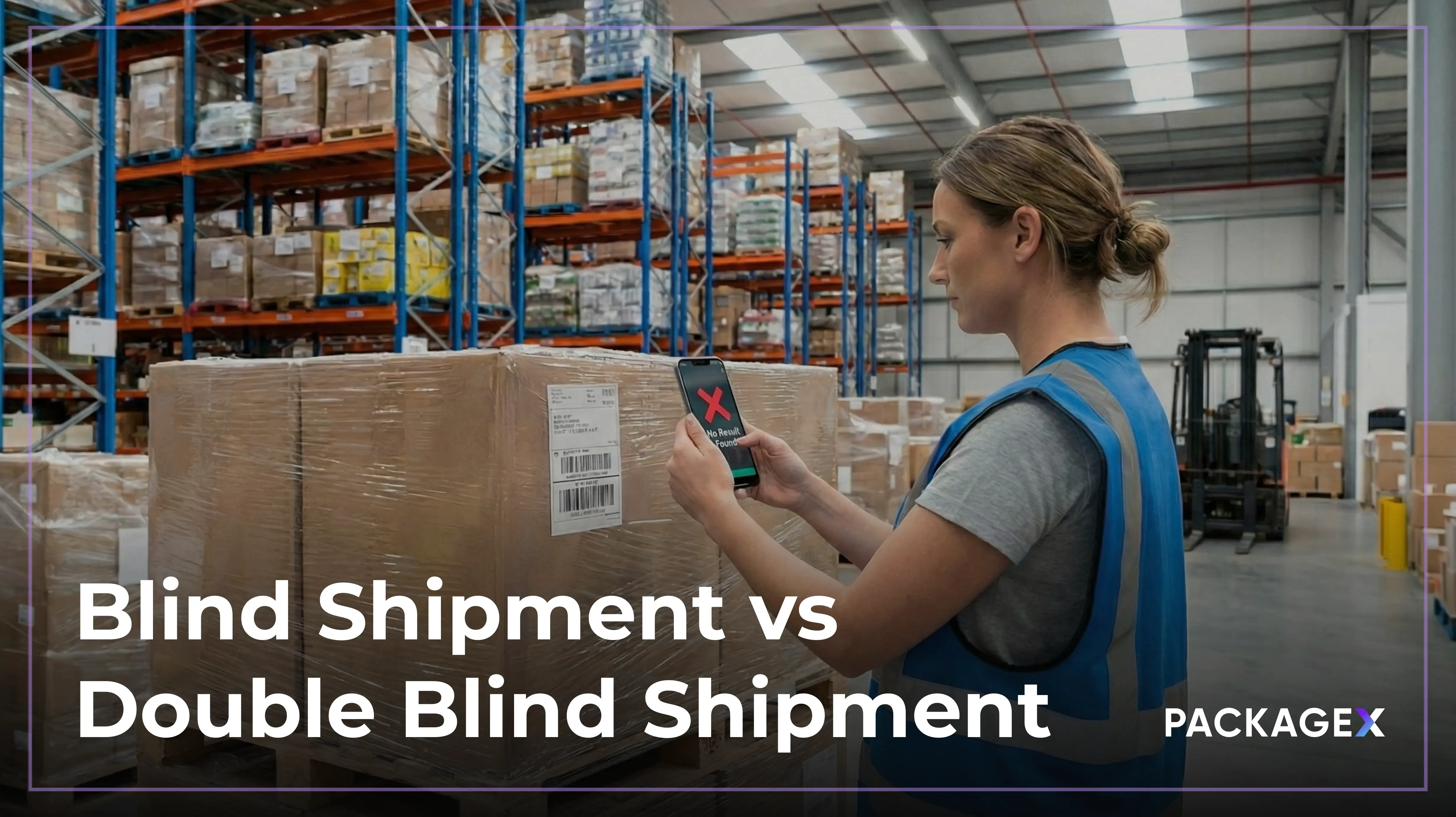E-commerce is booming, and more consumers are shopping online than ever before. As a result, businesses must optimize their order processing workflows to meet this growing demand and keep customers satisfied. But what exactly happens behind the scenes after a customer places an order? From verifying the order and processing payment to pulling inventory, packaging, and shipping the product, every step is crucial in ensuring timely delivery and customer satisfaction. Efficient order processing not only streamlines operations but also plays a key role in reducing costs and increasing revenue. In this blog, we’ll break down the essential steps of order processing and explore why it’s an important component of fulfillment operations.
What is Order Processing?
Order processing is the holistic process of fulfilling a customer’s request for products or services. It starts with suppliers receiving and verifying the order. Then, the right items are selected. In the end, they ensure the products are delivered to the customer quickly and accurately. This entire workflow ensures that the customer gets exactly what they ordered on time.
It involves several steps, such as verifying product availability, calculating costs and taxes, etc. Whether it's done in a large warehouse with a team of order pickers, sorters, and packers or managed by a smaller group, the goal remains the same: to fulfill orders quickly and accurately. It doesn’t just stop at getting products out the door—order processing collects and securely stores customer data, which can later be used to analyze buying patterns, enhance marketing strategies, and improve product offerings. By optimizing your order processing, businesses can improve customer satisfaction, build trust, and gain a competitive edge in the market.
Why Is Efficient Order Processing Important?
Effective order processing can have an impact on your operations, customer satisfaction, and growth. Let’s find out how.
- Accurately tracking demand, saving money on excess inventory, and preventing lost sales help companies avoid overstocking or stockouts.
- Streamlined processes allow businesses to fulfill orders faster and with fewer mistakes, boosting customer satisfaction and freeing up time for other tasks.
- Accurate sales order processing provides valuable data on order history and trends, enabling better decisions about targeted marketing, personalized customer engagement, inventory levels, staffing, and overall operations.
- By automating order processing systems, businesses can send timely shipping notifications, manage returns easily, and keep track of orders efficiently.
What Are the Pros and Cons of Order Processing Systems?
Order processing offers several advantages, such as improved inventory management and enhanced customer satisfaction through timely deliveries. Efficient systems help track orders accurately, minimizing lost or misplaced items, which can lead to repeat business. However, there are downsides, too. It can be time-consuming and costly, especially if specialized software is needed. Errors may occur, and tracking them down can be challenging in automated systems.
What Are the Standard Order Processing Steps?
Order processing generally consists of four main steps: receiving the order, picking and packing the items, processing payments, and shipping the order. Depending on the situation, there might be some extra steps, like quality control or wrapping, to ensure everything meets the customer's expectations. Let’s look at these steps in detail now so you can optimize your order management process:
Order Placement
When a customer places an order, either online or over the phone, the order processing initiates. The order details, including items and shipping information, are recorded in the system.
Receiving the Order
Next, the order is received and checked to make sure all the necessary information is correct and complete.
Verification
In this step, you confirm that the provided customer information is accurate before moving forward.
Allocation of Stock
Once everything is validated, the required products are allocated from inventory for shipment.
Picking
Items are collected from their locations in the warehouse. You can use different strategies, like piece picking or batch picking, to gather the necessary quantities efficiently.
Sorting
The picked items are sorted according to their destination so that they are grouped correctly for packing and shipping.
Packing
Items are carefully packaged, labeled, and sealed for transport, with attention given to the dimensions and weight of the packages.
Shipping
Orders are shipped to the customer’s specified address. This may involve consolidating orders to save on costs.
Invoicing and Customer Notification
After shipping, invoices are generated, and customers are notified about their order status and provided with tracking information.
Delivery
The final step involves delivering the package to the customer, usually handled by a third-party provider.
Post-Order Processing
Once the order is delivered, follow up with customers, gather feedback, update inventory, and reorder stock as needed to maintain an efficient order management process flow.
Types of Order Processing Systems in Logistics
There are two main types of order processing systems:
Traditional Order Processing Systems
How is manual order processing managed? These systems rely on handwritten records and manual labor. Orders are processed by one person or a small team, who handle everything from writing order slips to delivering hand-packaged orders to carriers. This is why managing order and inventory data can be quite overwhelming.
Modern Order Processing Systems
Speciliazied order processing software is used to manage data such as inventory and customer profiles. Why is this approach useful? It reduces human error and allows businesses to expand. For example, a retailer in Canada can effortlessly accept online orders from Europe and coordinate shipping with a local fulfillment center.
What Factors Affect Order Processing Management
When it comes to order processing, several factors affect how efficiently a business operates:
- Nature of the Product: Different products require tailored workflows, especially perishable goods that need special handling.
- Packaging: The type and size of packaging impact how items are handled and shipped.
- Costs: Labor, shipping, inventory management, and technology costs all factor into the overall expense of order processing to ship.
- Workforce: Having enough staff to handle order picking, packing, and fulfillment is essential for smooth operations.
- Seasonality: Demand can fluctuate during peak seasons, requiring adjustments in staffing and production to meet customer needs.
- Number of Items: Larger orders may take more time and resources to process, affecting overall efficiency.
Order Processing KPIs (Key Performance Indicators)
- Order Turnaround Time: Time from order placement to delivery.
- Accuracy Rate: Percentage of error-free orders.
- Fulfillment Rate: Ratio of completed orders to total orders.
- Inventory Turnover Ratio: Speed of inventory movement.
- On-Time Delivery Rate: Percentage of timely deliveries.
- Customer Satisfaction Score: Feedback on customer experiences.
Tips to Improve Order Processing System
Streamline Workflows: Run operations smoothly by continuously tracking and refining workflows. Simplifying communication can speed up decision-making without sacrificing accuracy.
Automated Order Processing: Automating can save time and reduce errors. It can also improve shipping, inventory management, and communication among team members.
Forecast Demand: Analyze customer buying trends to predict future demand, which will help you better budget and plan, especially during peak seasons.
Ensure Stock Accuracy: Keep your inventory organized and accurate. Automated order processing systems can also help you maintain up-to-date records, speeding up order processing.
Implement Warehouse Management Systems (WMS): A WMS centralizes tasks like order fulfillment and shipment.
Consider Partial Orders: If you can’t fulfill an entire order at once, ship partial orders to improve customer satisfaction.
Communicate with Customers: Regular updates on order status can enhance customer trust and satisfaction.
Optimize Inventory Control: Efficient inventory management prevents overstocking or stockouts, saving money and improving sales.
Mobile Picking and Scanning: Provide order processors with mobile devices to scan items, reducing picking errors and improving efficiency.
How to Optimize Order Processing and Fulfillment with PackageX
Our integrated application revolutionizes supply chain order management and inventory synchronization, which reduces manual processing and errors. With real-time stock level synchronization and order prioritization based on delivery types, you can maintain accurate inventory data and ensure timely fulfillment. Automated workflows make tracking easier, and modern picking strategies increase order processing speed.
Our mobile app allows easy access to order information and item scanning so you can verify efficiently. Plus, you’ll receive real-time updates on order status, improving transparency. The dashboard provides the analytics you need to measure KPIs like order accuracy and on-time delivery, which leads to efficient order processing. Request a demo now to see how you can make your order processing smoother.
{{returns-webinar}}
FAQs
What is an example of order processing?
Let’s look at an online shopping example. When a customer buys a pair of shoes online, the order process includes confirming the payment, updating the stock levels, and getting the shoes ready for shipment.
What are three benefits to businesses that use electronic order processing?
Electronic order processing offers businesses several advantages, some of these are:
- Cutting down inefficiencies
- Speeding up communication
- Lowering costs
How long does order processing take?
Order processing times vary based on several factors, including the type of product or service, the complexity of the order, the company’s internal procedures, and the shipping method. You can expect typical order processing times to range from a few hours to a few days.




